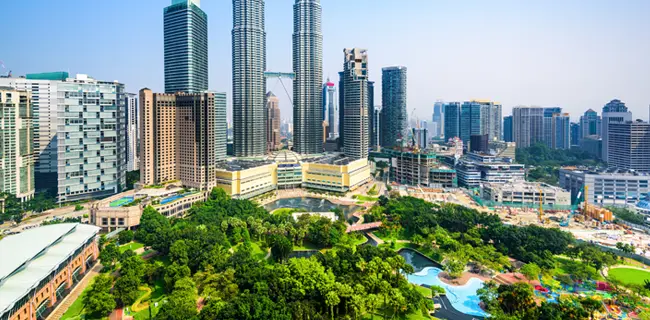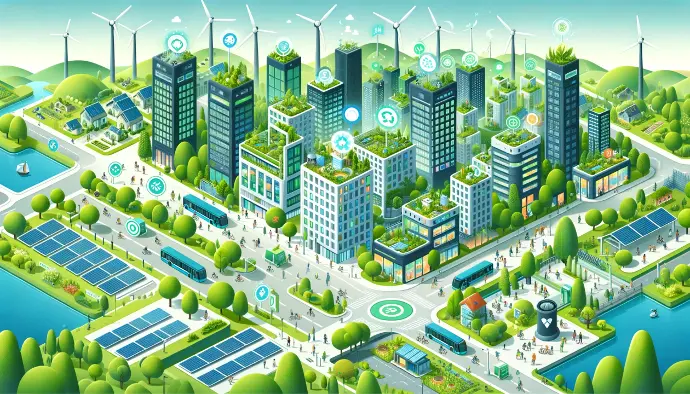For the first time in history, a major of the world's population now lives in cities. So-called mega-cities have arisen, hosting tens of millions of inhabitants cramped together in a limited, often congested space. Urban populations are, at the same time, better educated, bestowed with better support services, meet with more diverse job opportunities, and enjoy higher incomes than what applies to rural populations at large. Hence, the urbanisation process continues around the world. More and more people choose to give up life in the country-side for the chance of accessing the offerings of the urban environment.


For all that, many of the fastest growing Mega-cities meet with enormous challenges, spanning congestion, pollution, access to utilities, health and sanitation, to huge income differences, ill-affordable housing for the poor, high crime rates, insecurity, and so forth. Meanwhile, cities absorb enormous resources from surrounding areas, consume huge amounts of electricity and water, and produce pollution and waste.
Various elements are at hand for addressing this agenda. High hopes are often placed on innovation, making use of new technologies, such as smart apps, sensors, and thereby enabled and powered novel services. Partly linked, smart sustainable urban planning is looked to for organisational improvement. Replacing grey infrastructure through co-creation of green and blue nature-based solutions serves as a means of realising buy-in and inclusion in processes of transforming the urban environment. Meanwhile, by combining NBS in healthy corridors devised by citizens, issues of polarisation and fragmentation can be countered, of high value to disadvantaged areas and tackling exclusion, development of urban positive economic projects; experience industry, greening public transport; green (sustainable) construction; strengthening partnership on climate investment for green & healthy cities;


